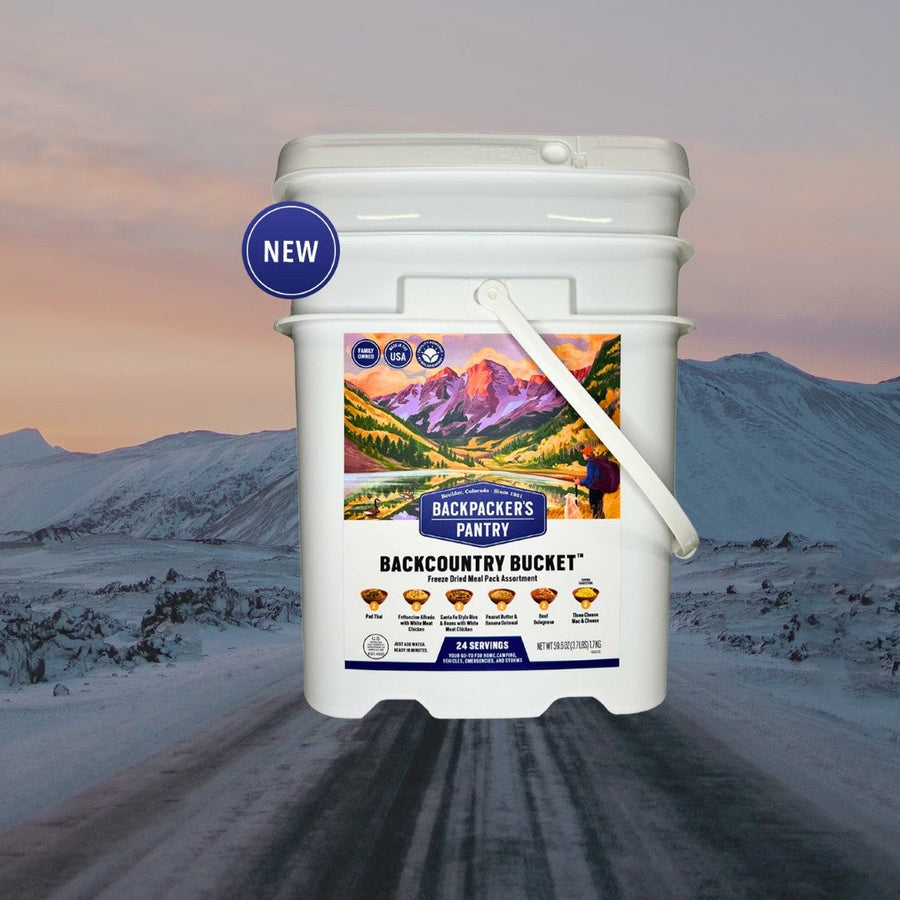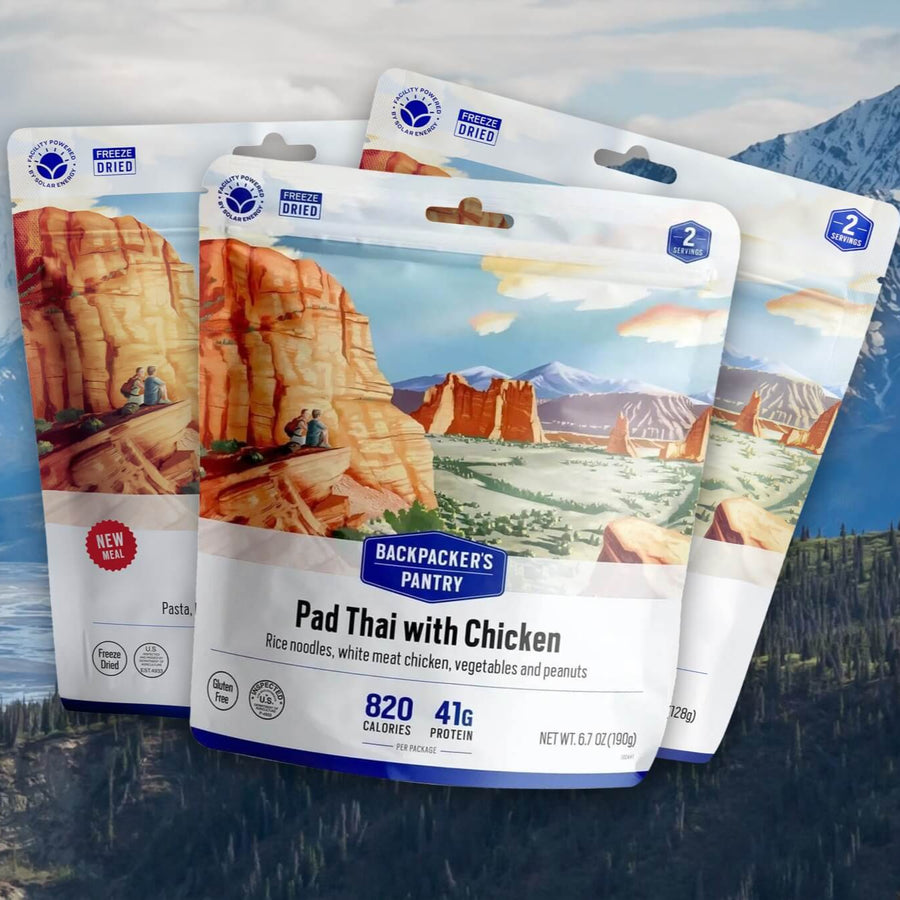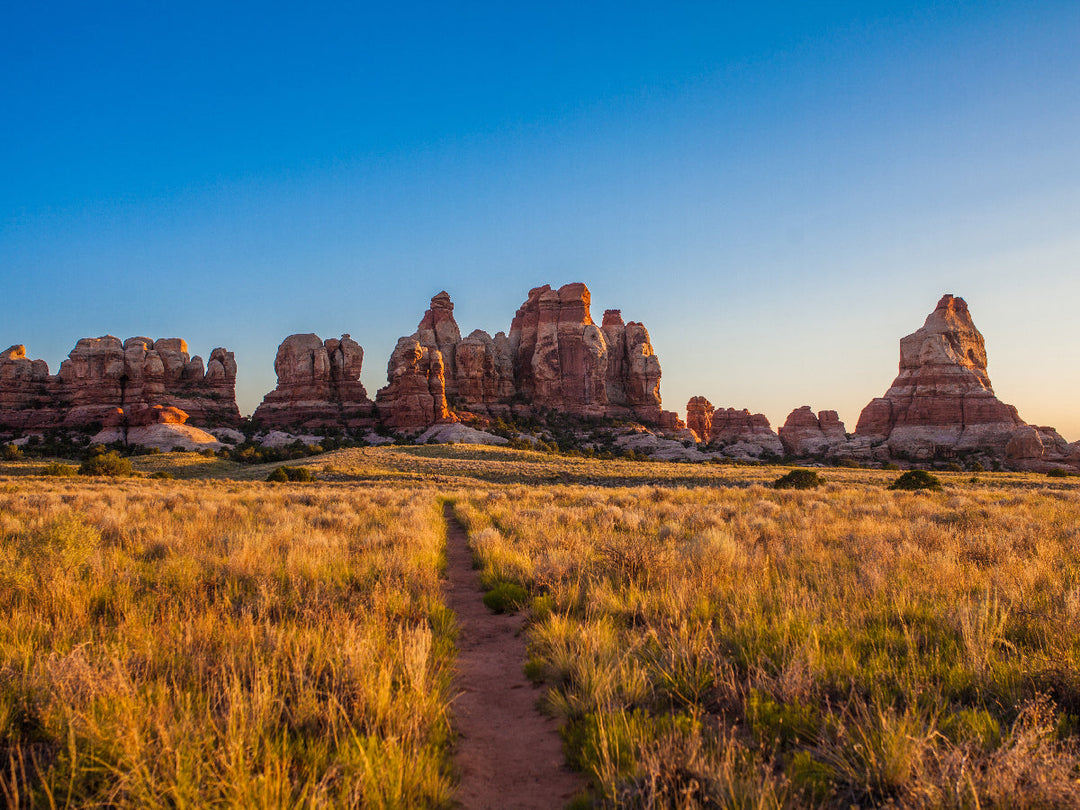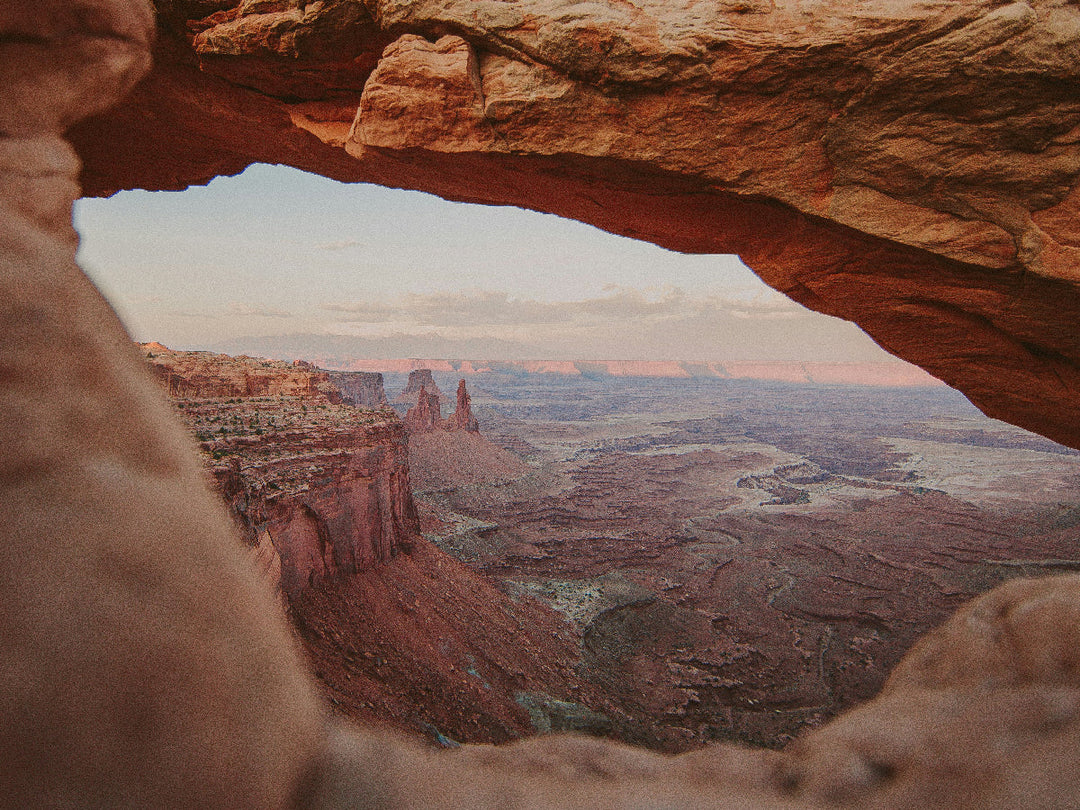All 22 of the Ways to Make the Best Camping Coffee

Sometimes, a fresh cup of coffee is the only thing better than a Rocky Mountain Scramble on an alpine morning. Whether you’re trekking the Appalachian Trail or are a seasoned glamper, you know that when it comes to camping, you want the best coffee setup possible without sacrificing weight, space, or convenience. Every camping trip is different, so we’ve broken down every way you can prepare your morning joe away from home, from simply getting the job done to turning your van into a world-class cafe.
The best camping coffee, however, starts with planning your next adventure. Our list starts with the lightest, easiest backpacking brewing methods, and continues with our favorite car camping/van setups (with some obscure choices scattered throughout). So, to find whatever works for you—or to spark some inspiration—here’s our guide to brewing the best cup for your trip.
Instant Coffee
You know it, you… love it? While instant coffee is easy, compact, and reliable, it’s low risk, low reward. If this is the light, no-frills method you need to get up and moving on a multi-day backpack, we won’t yuck your yum. That said, if you have the time, space, and weight to step it up, we support and encourage you. There are some more options than there used to be, so try some brands and pick your favorite.
Pros:
- Easy
- Lightweight
Cons:
- Taste, but they are getting better
- Street cred with coffee nerd friends
Coffee Bags
Like instant coffee, coffee bags offer a quick, easy solution without bringing a coffee apparatus on the trail. But, instead of dissolvable grounds, you’re brewing your coffee like a cup of tea. And if you brew it long enough to get dark brown, but short enough to not get cold, you might just have yourself a solid morning cup.
Pros:
- Little waste/compostable
- Lightweight
Cons:
- Potential watered-down taste
- Coffee gets cold while seeping
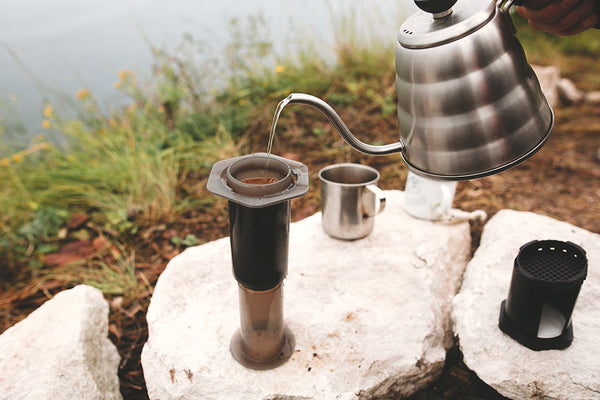
Aeropress
For around $40, the Aeropress is a light, easy, and portable coffee maker that makes, in our opinion, a major difference in your morning cup. Weighing just under eight ounces, the Aeropress is barely a weight/space sacrifice, and because you can use any grounds, the coffee tastes so good that many people opt to brew coffee at home this way.
Pros:
- Lightweight
- Excellent taste
Cons:
- Shape of device takes up room in a bear canister or backpack
- Lose a piece and you’re out of luck
Backpacking Stove French Press
If you own a backpacking stove from a company that sells a French press attachment, this is a fairly lightweight option. Companies like MSR sell a French press top for around $20, and you don’t have to buy a whole new system. That said, tread lightly if you plan to use your stove for more than just boiling water for your Backpacker’s Pantry meals. You don’t want your coffee to taste like bolognese.
Pros:
- An easy attachment to your backpacking stove
Cons:
- Coffee may taste like your dinner from the night before or vice versa
- Expensive point of entry if you don’t have a compatible backpacking stove
Cowboy Coffee
They call it a traditional taste of the Old West, but is it the best? All you need for a cup of cowboy coffee is a kettle or pot and some coarse grounds. Boil some water, remove it from heat, and add your grounds. Then, you can let the grounds settle to the bottom of the pot (with some help from cold water) or scoop the grounds from the top. Does it work for large groups? Yes. Are there better ways to brew your coffee with less effort/risk of eating some grounds? Also yes.
Pros:
- Reject modernity. Embrace tradition.
- Emergency method if you forgot your setup Can brew for a large group
Cons:
- High risk of *textured* coffee
- Risk of too-strong or watered-down taste
Canned Coffee
While canned coffee could technically work for a night or two of backpacking, it’s a better option for car camping or day hikes. Because many brands make canned coffee you can buy pre-refrigeration, you have some flexibility with whether you want to chill your coffee or bring it on your trip at room temperature. If you have a cooler or mini fridge in your van, it’s a simple luxury to have a delicious iced latte with a great view.
Pros:
- Guaranteed taste
- No brewing required
Cons:
- Lukewarm if you don’t have a cooler; risks getting overheated and spoiling backpacking
- More waste to pack out than other methods
Cold Brew
When it comes to camping cold brew, you have a few options. First, you can purchase cold-brew-specific instant coffee packets. If you have the time and foresight, however, your best bet is to prepare your cold brew ahead of time. Because cold brew takes 12-24 hours, you can do all of the work at home and pack it all in your cooler or van’s mini fridge.
Pros:
- Iced coffee is refreshing in the summer
- Low effort once you’re camping
Cons:
- Impractical for backpacking
- Heavy
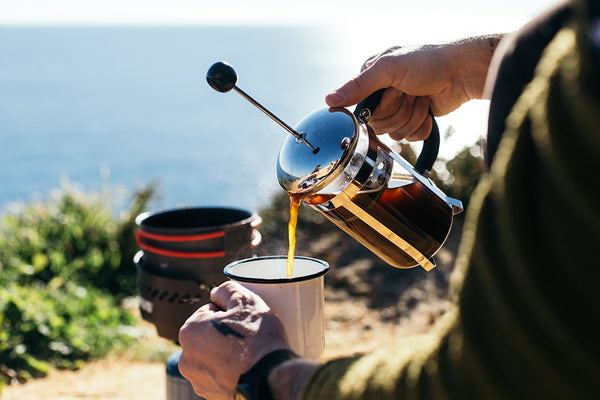
French Press
The French press is a simple, durable, and convenient camping coffee option. You can buy a range of sizes, and as long as you avoid glass, it’s easy to throw into your camping kitchen bins. Many people use French presses at home, so it’s an easy investment for both your kitchen and on the road.
Pros:
- French presses come in different sizes depending on group
- Tastes great
Cons:
- Labor intensive to make multiple presses for a group
- Fragile if glass
Pour Over, V60, Kalita Wave
The classic pour-over method is easy to make a quick, rich cup of coffee. While your at-home, higher-end pour-over setups (like many V60s) are glass or ceramic, there are a wide variety of camping-specific pour-overs. If you’re making coffee for one, Stanley’s The Camp Pour Over Set is the perfect pour-over/cup combo to make your camping mornings as easy as possible.
Pros:
- Easy and delicious
- Camping-specific pour overs available
Cons:
- Time-consuming for a larger group
- Your fragile home setup is risky for camping
Phin
Taking the pour-over international is the Phin Vietnamese brewing method. All you need to do is add extra dark grounds to the Phin filter, add water, and wait. This brews a short, extra-strong coffee. While a Phin is easy and portable, Vietnamese coffee is typically enjoyed with milk and sugar… something not superabundant on many camping trips, unless you’re staying close to the car.
Pros:
- Easy, delicious, and espresso-like
Cons:
- To do it right, you should bring milk and sugar
- Not ideal for a group
Chemex
Unlike other pour-over methods, the Chemex is designed to make coffee for more than one person. Coming in many different sizes, you can make eight to ten cups in just one brew. While Chemex even makes a personal-sized “Funnex” designed for dorm rooms and camping. While with the classic Chemex, you’re not going to get away from the glass body regardless of size, there are some similar models that have better durability for your camping box.
Pros:
- Great-tasting coffee for a larger group
Cons:
- Exercise caution when camping with glass
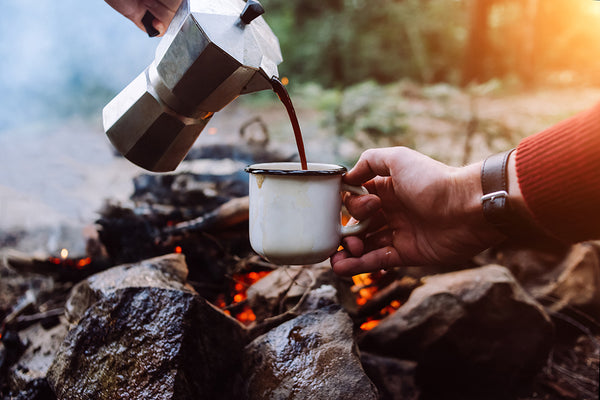
Moka Pot
Many people wonder whether the Moka pot or percolator is best for them. The brewing equipment and materials are very similar, so it really depends on which method/strength you prefer. While Mokas and percolators are unrealistic for backpacking, they are a great choice if you have a car-camping stove or a burner in your van.
To make Moka pot coffee, all you have to do is fill the pot with water and coffee. After about 5 minutes, the pressure from the steam pushes the coffee into the upper chamber, and you’re ready to pour. Moka pot coffee comes out closer to espresso, which can be good for those backcountry lattes.
Pros:
- Durable
- Easier to use than a percolator
Cons:
- Pre-set amount of coffee you can brew
- Hard to control the strength of the coffee
Percolator
If you have a van or can keep the percolator on the stove all morning, the percolator is a great method for you. The key difference between the percolator and a Moka pot is the percolator continuously circulates the hot water through the grounds, meaning you have control over how strong your coffee is. Most people will leave their percolator on the stove until they are finished drinking coffee.
Pros:
- Easy hands-off process
Cons:
- For best results, you need ample fuel
- Can overheat or over brew and burn your beans
Portable Espresso Maker
Sometimes it’s fun to mix things up with espresso on your camping trip. While a portable espresso maker is certainly not practical for backpacking, if you have the means to boil milk at base camp, it definitely makes for an elevated morning outdoors. That said, these devices are like little single-use coffee “pod” machines (you know the ones), meaning you will have one pod per person per morning (at least) to pack out. Taking into account both waste to pack out and sustainability, we can’t recommend this option over others.
Pros:
- Easy and quick
Cons:
- Pod coffee machines are wasteful
- Difficult to fix while camping if it breaks
Camping Coffee Machine
Camping coffee machines, like the Oxx CoffeeBoxX or the Coleman Camping Coffee Maker, are great options for base camp. When considering buying a camping coffee machine, be aware that some, like the Coleman, attach to your camping stove, while others, like the CoffeeBoxX, require an outlet. When investing in a camping coffee machine, make sure you have the right setup to power your machine.
Pros:
- Great for all sizes of groups
- Hands-off
Cons:
- Other methods on this list might taste better than drip
- Need power source
Battery-Powered Coffee Machine
The key difference between battery-powered coffee machines and the above camping coffee machines is the power source. A handful of construction tool companies make battery-powered coffee machines that attach to an 18-volt Lithium-ion battery you already have in your tool kit.
Pros:
- No stove or power source needed
Cons:
- High price point
- Typically single serve

Vacuum Pot/Siphon
Vacuum pots and siphons are some of the most elaborate setups you can have in your kitchen, let alone camping. They use vapor to force boiling water to the top chamber to mix with the coffee grounds, creating a delicious cup of coffee. Even if you have a van and can keep your kitchenware stowed away, it’s hard to point someone toward a two-tiered glass contraption for camping.
Pros:
- Great tastes
- Novelty factor
Cons:
- Not that practical for camping
Bripe
Pack a Bripe and you’ll be the talk of the trail. Just add grounds and water to this tiny “pipe,” and instead of adding hot water, the company’s “Complete Coffee Brew Pipe Kit” includes a tiny thermometer and blow torch to keep sipping your shot-glass-sized coffee all day.
Pro:
- Fun and cool
- Easy sips for one
Con:
- Not conducive to sharing
- Expensive to just supply one person
- Hands-on process
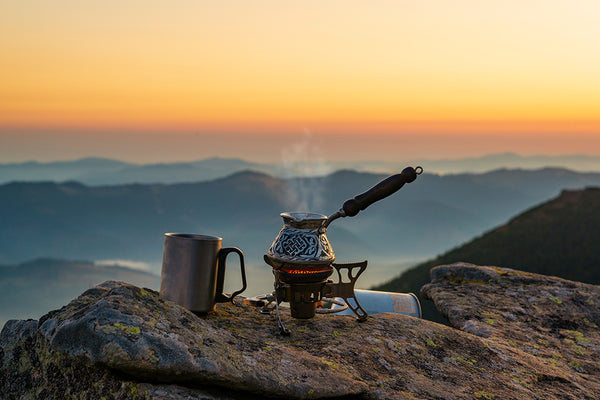
Turkish Coffee
Turkish coffee is one of the most luxurious ways to enjoy coffee in the morning. Even in a cafe or your own home, it’s a treat. Turkish coffee consists of a very fine ground brewed with water and sugar in a cezve, a special brewing pot. If you’re a pro at brewing Turkish coffee and want to give it a try on a camping stove or in your van, let us know how it goes. But if you’re a camping coffee beginner, try something earlier on this list.
Pros:
- Delicious
Cons:
- Less practical for camping than other brewing methods
Swedish Egg Coffee
Swedish egg coffee is essentially cowboy coffee with an egg. Adding egg white to your coffee enhances the coffee’s caffeine and reduces bitterness. This brewing method results in a smoother cup, but is widely regarded as one of the easiest ways to make coffee in large batches. Like cowboy coffee, you add everything to the pot, and use cold water to sink the egg and grounds to the bottom. If you use a large enough pot, you can cook for as many people as you’d like. Just not your vegan friends.
Pros:
- Can be made in bulk
- Well-loved taste
Cons:
- Raw eggs are a risk while camping with coolers
- Can be gross if things go wrong
Things to Consider When Choosing Your Camping Coffee Method
This list is big, so there’s gotta be a right option for you. At the end of the day, it boils down to convenience, packability, and your desire to barista is up. Here are a few additional considerations:
- How big is your group?
- Are you backpacking or car camping?
- What stove do you have?
- How much time will you have each morning for breakfast?
- How are you packing out your waste?
How to Make Better Coffee While Camping
Enjoying your time outside doesn’t have to mean roughing it in every aspect of your trip. Sometimes a good cup of coffee in the morning goes a long way. Making better coffee while camping starts with picking the best-tasting method for your restrictions. If you can fit an Aeropress while backpacking, for example, consider carrying a little extra gear instead of instant coffee packets.
If you’re car camping, keep an extra pot for some milk, or bring along some hot chocolate packets for a mocha. Dirty chai is a favorite here. There are so many small ways to make your mornings feel that much more rewarding.
No matter which method you choose, however, either bring a whole beans and a grinder or grind your beans the night before your trip. Having even remotely freshly ground coffee takes little effort but goes a long way.
